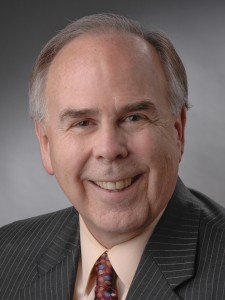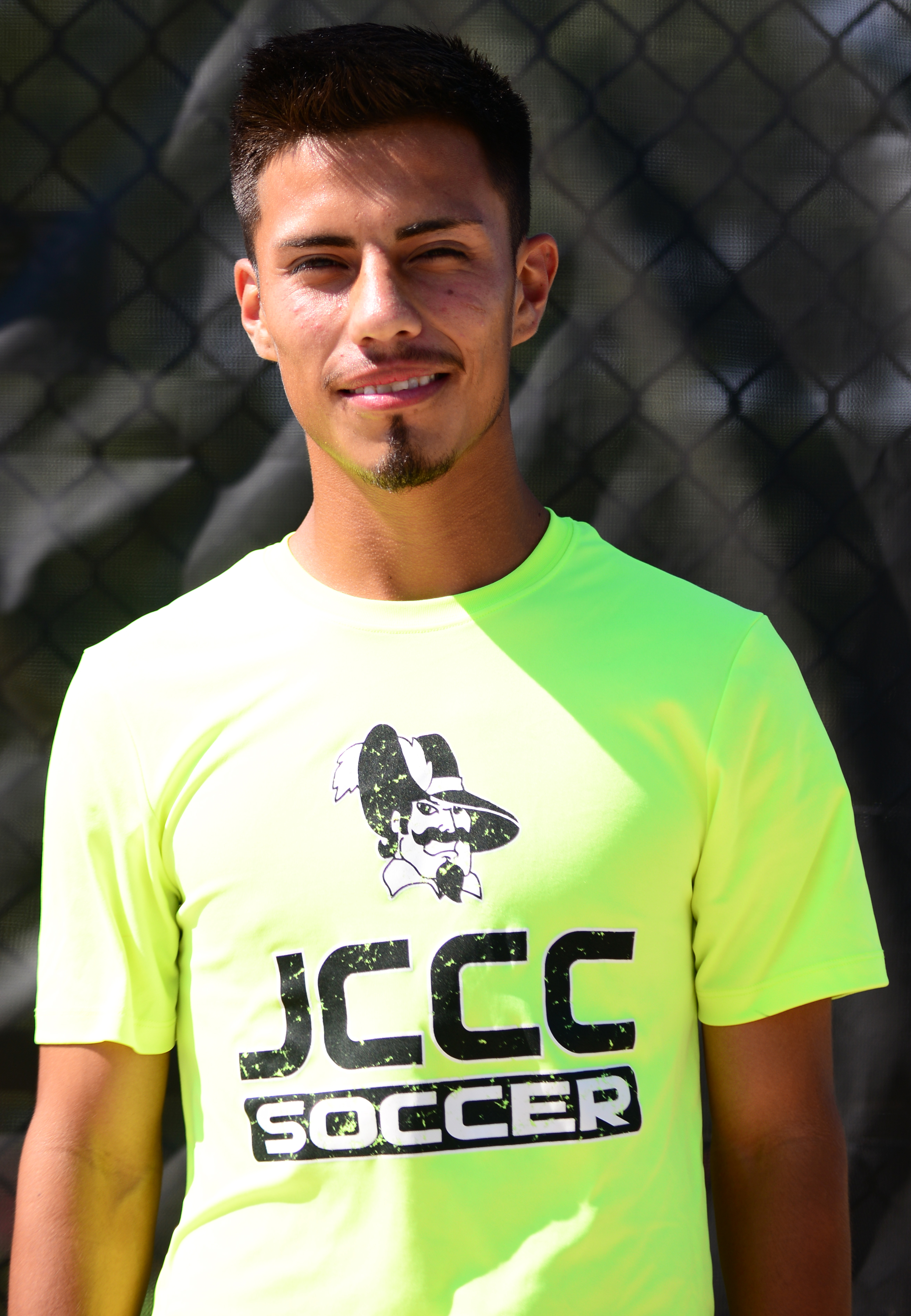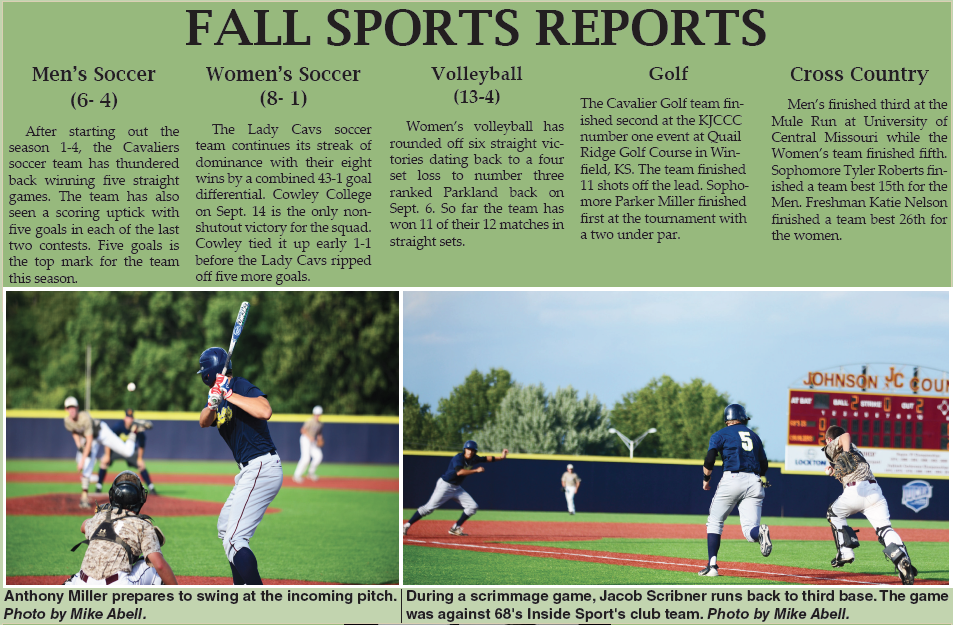The Women’s Cross Country team finished 12th at the NJCAA National Championships and eighth at the NJCAA Half Marathon. During those events, freshman Katie Nelson finished 71st and 31st, top three for the team at both events. Now that the cross country season is over, Nelson hasn’t missed a beat as she prepares for the indoor track season that starts in January.
Could you describe the Cross Country team’s finish?
I think that the team could have done better at the Half Marathon and Nationals. We worked our hardest all season but it didn’t work in our favor.
You are also in track. Does the way the cross country season finished make you more amped for the indoor track season?
We start in January so there isn’t really a break. We just push through the winter break so we always come back strong.
Does cross country require a different level of conditioning than track?
Yeah, we run much shorter events for indoor track. It’s still hard cardio wise, but the fact that your inside, kind of sucks. We also aren’t necessarily running for a team, you’re running individually. In cross country you have teammates to pace off of.
How would you evaluate your personal performance for cross country?
I wasn’t really going into cross country where I was at, so I didn’t really have goals per say. I just went out and worked my hardest. I still feel I could have done better at Nationals and Half Marathon. Hopefully next year for Half Marathon I can break 90 minutes.
Favorite Movie
“He’s Just Not That Into You”. It’s about relationships and it’s just a really fun movie. Everything works out in the end, it’s a just a really happy movie and I love happy endings.
Favorite Artist
My favorite artist is Miranda Lambert. She’s hot, has really good songs and an amazing voice. My favorite song from her is “Kerosene”.
Dream Job
Housewife. You get to stay with the kids and run when you want to. It would be really relaxing.
Hobbies
I like to watch documentaries and “American Horror Story” is my addiction. “American Horror Story” touches on topics most people would never think of touching on. It’s really just awesome. I really like documentaries about drug cartels and drugs.
Compiled by Mac Moore, mmoore82@ jccc.edu.
























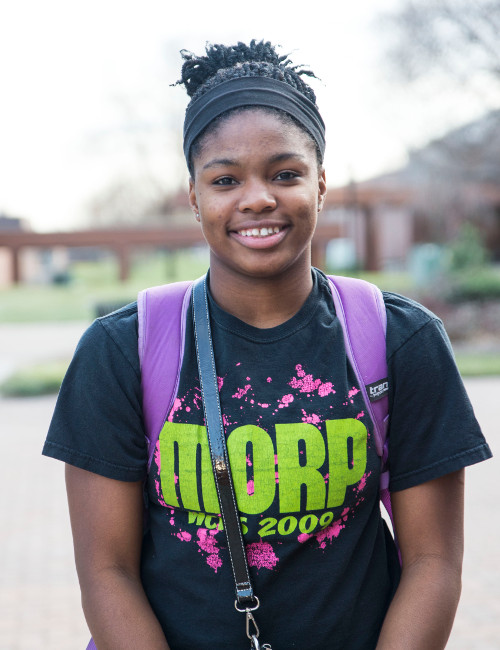


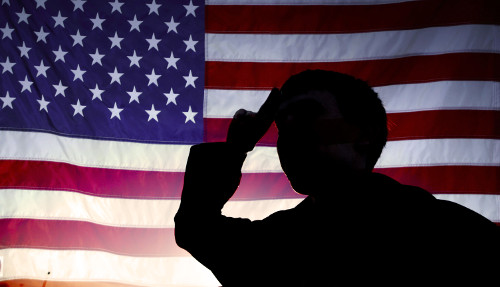

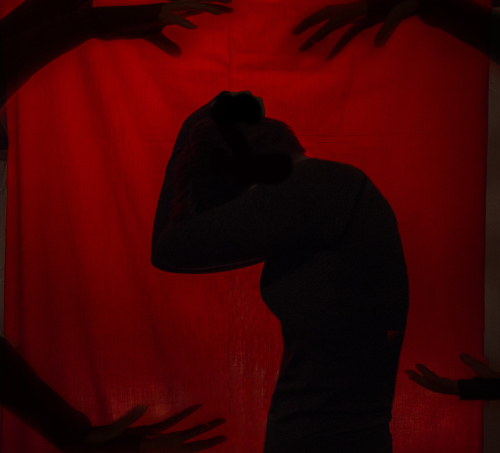
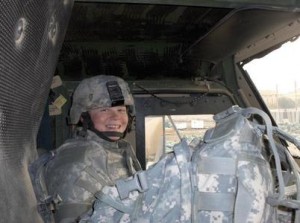








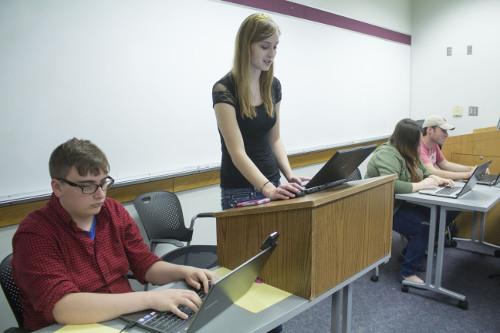
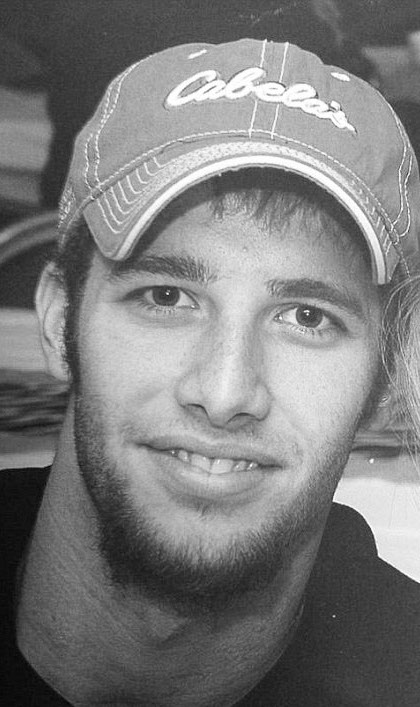


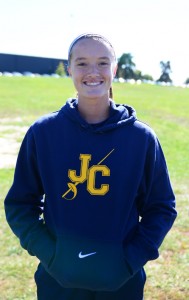

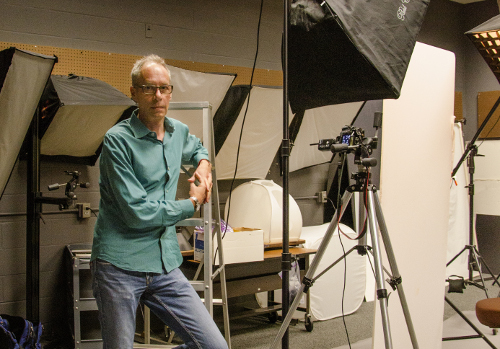
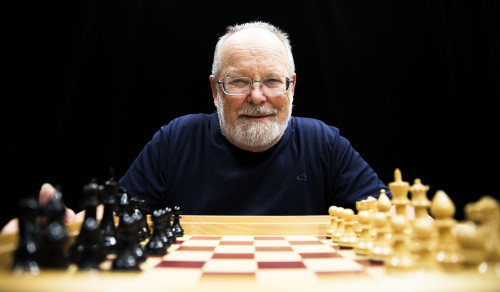
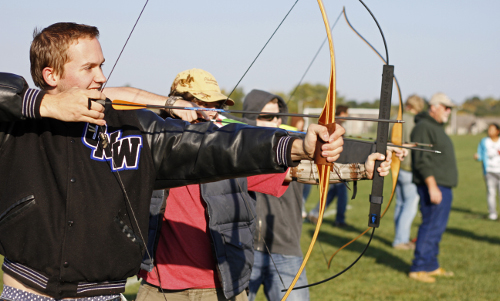

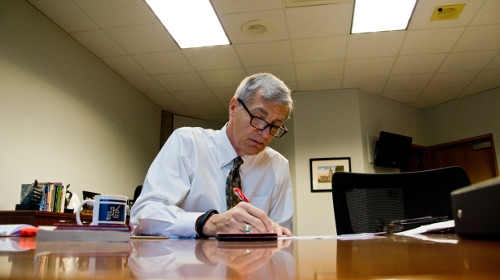

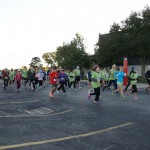
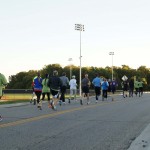

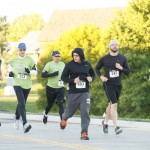

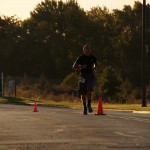
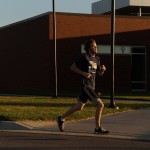


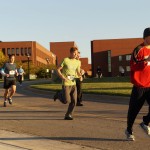
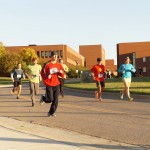
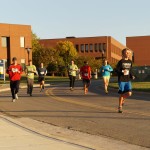
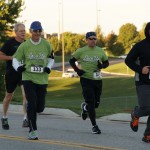


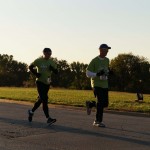
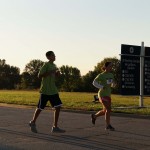


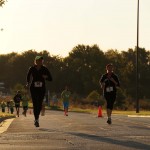
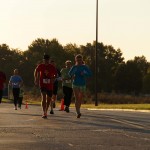

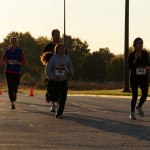
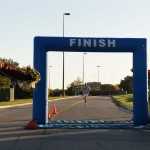
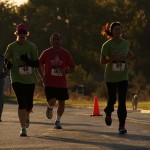
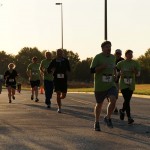
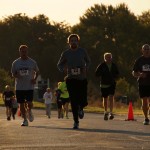
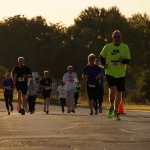

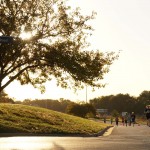

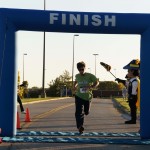
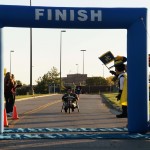

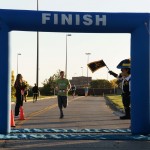
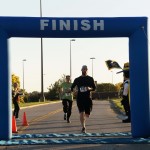
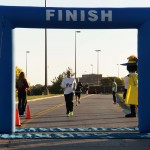
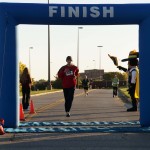
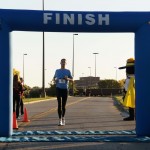
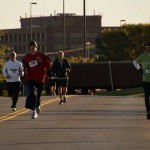


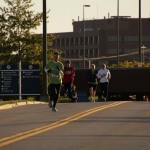

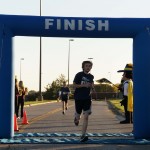
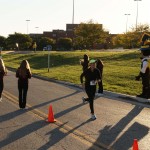

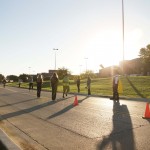

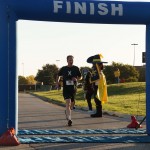
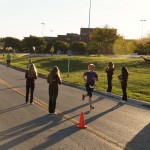
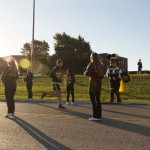
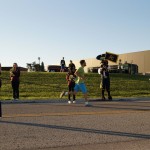
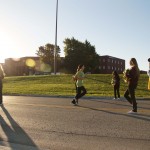
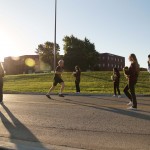
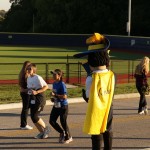

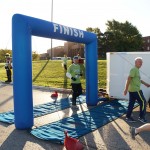

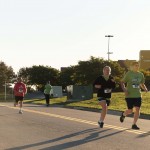
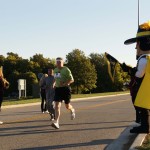
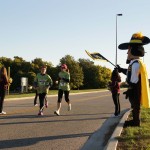
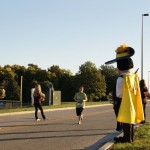
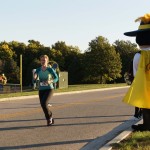
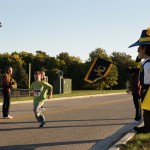

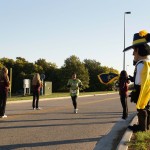
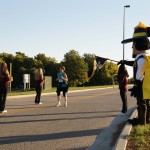
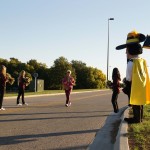
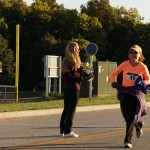

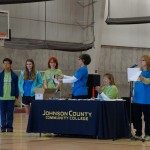
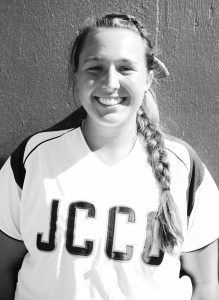
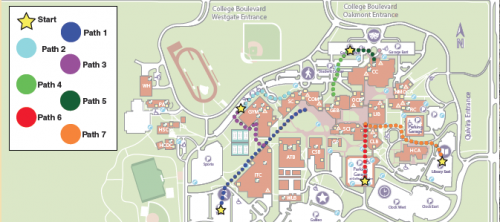
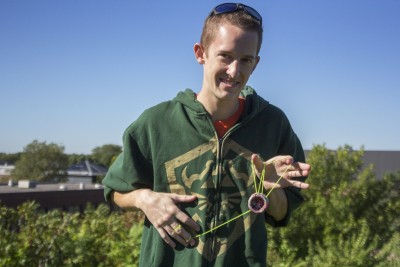
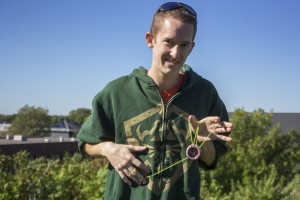

![drummond_bob[1]](http://blogs.jccc.edu/campusledger/files/2013/10/drummond_bob1-e1381458071482.jpg)
